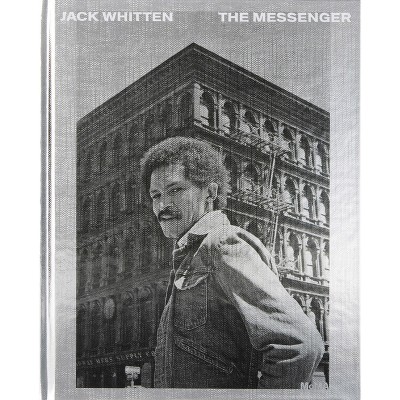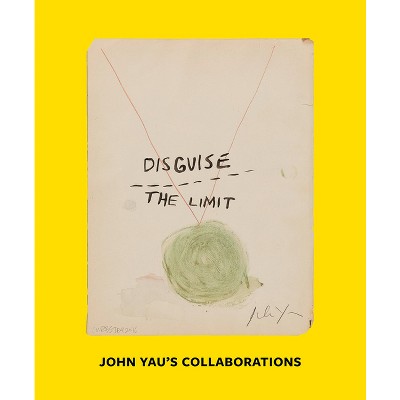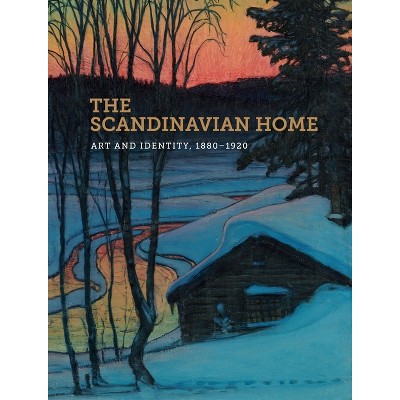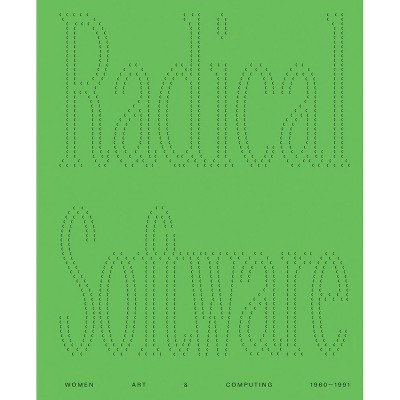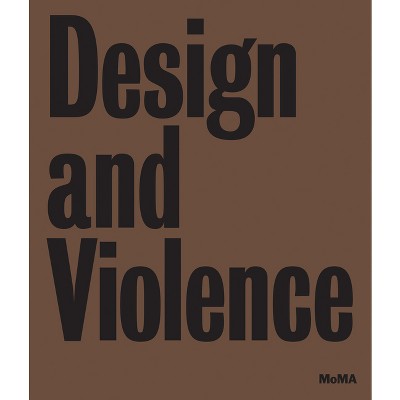Sponsored

Signals: How Video Transformed the World - by Michelle Kuo & Stuart Comer (Paperback)
In Stock
Sponsored
About this item
Highlights
- Video within and beyond art: a survey of the medium's political meaningsVideo is everywhere.
- Author(s): Michelle Kuo & Stuart Comer
- 184 Pages
- Art, Collections, Catalogs, Exhibitions
Description
About the Book
"Video is everywhere. Since its debut as a consumer medium in the 1960s, video has shaped our opinions, our politics and our societies. On our phones and computer screens, walls and streets, it defines new spaces and experiences--spreading memes, lies, fervor, fact and fiction. In other words, video has transformed the world. Featuring works from the collection of the Museum of Modern Art, New York, this illuminating exhibition catalog--MoMA's first major publication on video art in nearly 30 years--explores the ways in which artists have both championed and questioned video's promise, some hoping to create new networks of communication, democratic engagement and public participation, others protesting commercial and state control over information, vision and truth itself. Lavishly illustrated essays by esteemed scholars and artists--including Ina Blom, Aria Dean, David Joselit, Pamela M. Lee, Glenn Ligon and Ravi Sundaram--highlight video's widely varied formats, contexts and global reach. Signals is a manual for understanding the present, an era in which video has pervaded all aspects of life"--Book Synopsis
Video within and beyond art: a survey of the medium's political meanings
Video is everywhere. Since its debut as a consumer medium in the 1960s, video has shaped our opinions, our politics and our societies. On our phones and computer screens, walls and streets, it defines new spaces and experiences--spreading memes, lies, fervor, fact and fiction. In other words, video has transformed the world.
Featuring works from the collection of the Museum of Modern Art, New York, this illuminating exhibition catalog--MoMA's first major publication on video art in nearly 30 years--explores the ways in which artists have both championed and questioned video's promise, some hoping to create new networks of communication, democratic engagement and public participation, others protesting commercial and state control over information, vision and truth itself. Lavishly illustrated essays by esteemed scholars and artists--including Ina Blom, Aria Dean, David Joselit, Pamela M. Lee, Glenn Ligon and Ravi Sundaram--highlight video's widely varied formats, contexts and global reach. Signals is a manual for understanding the present, an era in which video has pervaded all aspects of life.
Artists include: Ant Farm, Gretchen Bender, Dara Birnbaum, Black Audio Film Collective, Tony Cokes, Harun Farocki and Andrei Ujica, Kit Galloway and Sherrie Rabinowitz, Dan Graham, Mona Hatoum, Every Ocean Hughes, Mako Idemitsu, Emily Jacir, Amar Kanwar, Victor Masayesva Jr., Marta Minujín, Carlos Motta, Fujiko Nakaya, New Red Order, Nam June Paik, Sondra Perry, Howardena Pindell, Walid Raad and Souheil Bachar, Raindance Corporation, Marlon Riggs, Martha Rosler, Julia Scher, Richard Serra and Carlota Fay Schoolman, Tiffany Sia, Frances Stark, Martine Syms, TVTV, Stan VanDerBeek, Videofreex, Ming Wong, Nil Yalter and Artur Zmijewski.
Review Quotes
Ambitious...stands proud as the most perplexing exhibition of the year.--Jason Farago "The New York Times: Arts"
Signals, standing through mid-July, explores the ways, since video's debut in the 1960s, in which artists have commandeered, exploited, and been influenced by the medium--as witnessed in acts of protest, network formation, and with amusement and curiosity, at its promise to deliver new truth, new cultural insight.-- "Flaunt"
Sprawling, frequently thought-provoking...considers video as a political force.--Dennis Lim "E-flux"
Gets to the heart of what video art is all about: the sense that we need no longer be passive viewers who are force-fed a one-way stream of information.--Alex Greenberger "ARTnews"
The variety of material - collected over six decades - shows the myriad ways in which artists have used and misused video and its broadcast technologies to create their own networks, insert themselves in existing networks, and overtly resist or critique them.--Matt Shaw "Guardian"
Shipping details
Return details
Trending Non-Fiction






